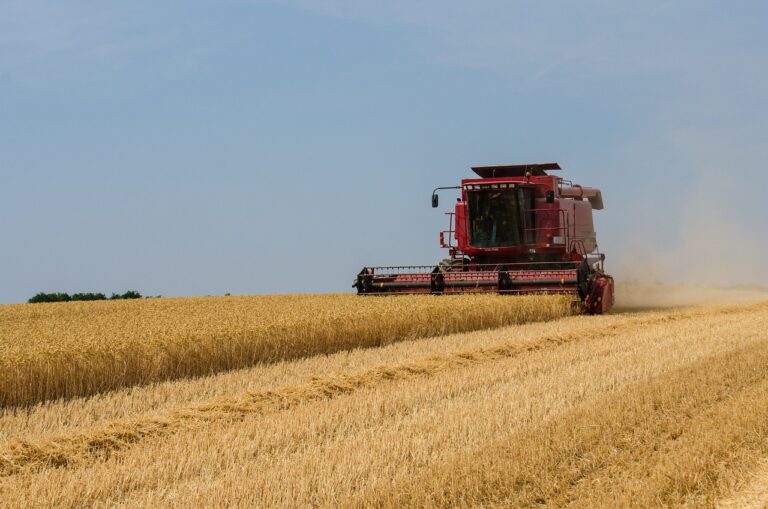Food Security in Urban Environments: Addressing Challenges and Solutions
Access to fresh and nutritious food in urban areas is a persistent challenge that affects many individuals and communities. In densely populated cities, limited access to grocery stores and farmers’ markets can lead to what is known as food deserts, where residents have difficulty obtaining quality food options. This issue is further exacerbated by the presence of fast food chains and convenience stores that predominantly offer processed and unhealthy food choices, contributing to poor dietary habits among urban populations.
Understanding Food Deserts in Cities
Food deserts are areas within urban settings that lack access to fresh, nutritious, and affordable food. These communities often rely on convenience stores and fast food outlets for their food supply, leading to higher rates of obesity, diabetes, and other diet-related health issues. The presence of food deserts exacerbates inequalities in urban areas, disproportionately affecting low-income residents who may not have the transportation or financial means to access healthier food options.
Limited availability of grocery stores and farmers’ markets in food deserts contribute to the challenge of obtaining fresh produce and other healthy food items. Residents in these areas may find themselves relying on heavily processed and packaged foods that are high in preservatives, sodium, and sugars, which can have negative consequences on their overall health and well-being. Addressing the issue of food deserts requires a multifaceted approach that considers not only the physical proximity of food sources but also affordability and education around healthy eating habits.
Impacts of Poverty on Urban Food Security
One of the most pressing issues affecting urban areas is the impact of poverty on food security. As individuals and families face financial constraints, they often struggle to access affordable and nutritious food options. This can lead to a reliance on cheap, processed foods that lack the essential nutrients needed for good health, resulting in poor diet quality and increased risk of health problems.
Moreover, poverty can limit access to transportation options, making it difficult for individuals to reach grocery stores or markets that offer fresh and healthy food choices. This lack of access to nutritious foods can contribute to the development of health issues such as obesity, diabetes, and cardiovascular disease within low-income urban communities. Additionally, limited financial resources may force individuals to prioritize basic needs over purchasing nutritious foods, perpetuating a cycle of food insecurity and poor health outcomes.
What are some of the challenges of food access in urban areas?
Some challenges of food access in urban areas include limited availability of fresh and nutritious food options, high food prices, lack of transportation to grocery stores, and inadequate access to food assistance programs.
What are food deserts in cities?
Food deserts in cities are areas where residents have limited access to affordable and nutritious food, often due to a lack of grocery stores or farmers’ markets within a reasonable distance.
How does poverty impact urban food security?
Poverty can impact urban food security by limiting individuals’ ability to afford healthy food options, leading to reliance on cheaper, processed foods that may be high in calories but low in nutrients. Poverty can also result in food insecurity, where individuals do not have consistent access to an adequate and nutritious diet.







